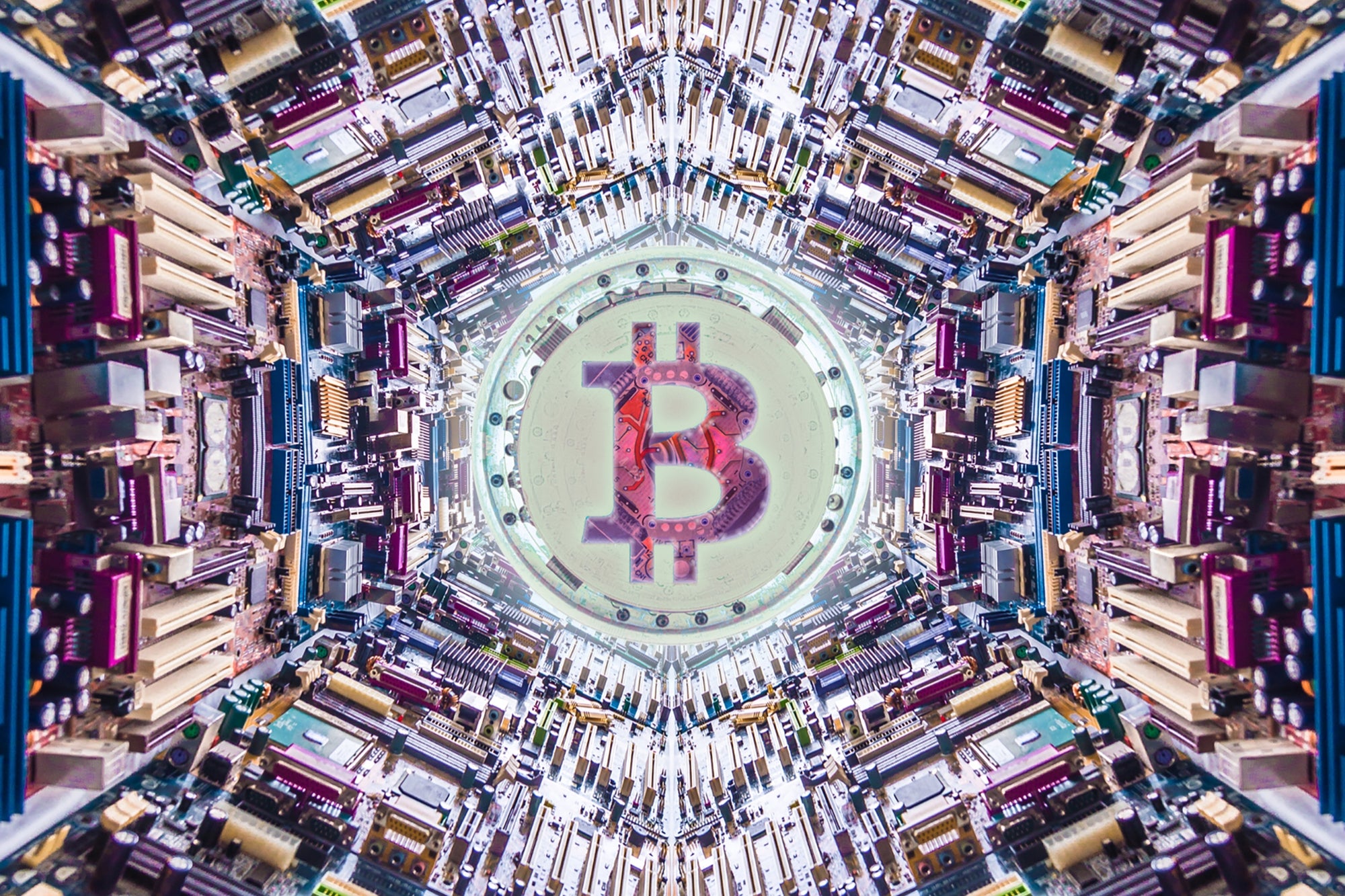Bitcoin was invented by a person identified only as “Satoshi Nakamoto” in an October 2008 whitepaper.
This wasn’t the first attempt of someone trying to develop forms of electronic money, Hashcash and Digicash were two projects that preceded Bitcoin.
Typically, when you purchase some form of a digital product there is an ‘unlimited’ supply Blockchain, the technology Bitcoin is based on, makes it so that every Bitcoin can only be held by one person at a time, it is the first digital asset that has a set supply, this makes it the first digital asset.
This means you can have a video platform where user privacy is verifiably secure, a bank where the users are guaranteed that they are getting the best deal possible on savings accounts or investments, an insurance company where there is no overhead, and so much more.
If you deposit Bitcoin into a decentralized lending platform, you see where your bitcoin is going and what is happening to it, you get 3-12% returns , and you can even have power over future products and upgrades to the lending platform.
Bitcoin is better than gold in key ways: more easily transferred, more easily stored, immutable and transparent monetary policy , with that in mind Bitcoin and the rest of the digital asset space have a high ceiling for growing to the size of traditional rivals.
This decentralized system comes with tradeoffs, Bitcoin and blockchain technologies have been tagged as being used for malicious activities and “for criminals”.
They will create products that can be created quickly and take advantage of the technological benefits of the blockchain while being trusted and used by millions.
Through remaining anonymous and doing everything digitally they are able to run away with raised funds and leave the project behind without any recourse for users.
Just like Bitcoin the entire digital asset space is less than 500 billion in combined market cap, we are still just in the beginning cycles of growth for a nascent and world-changing technology.
